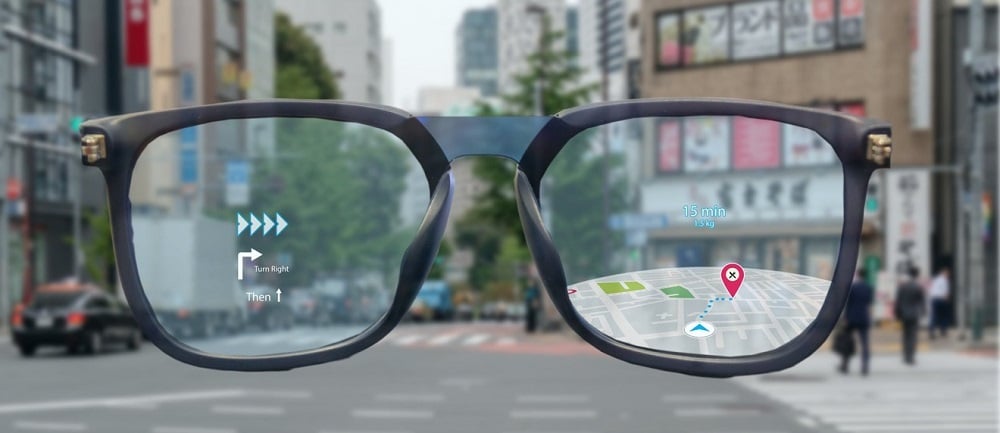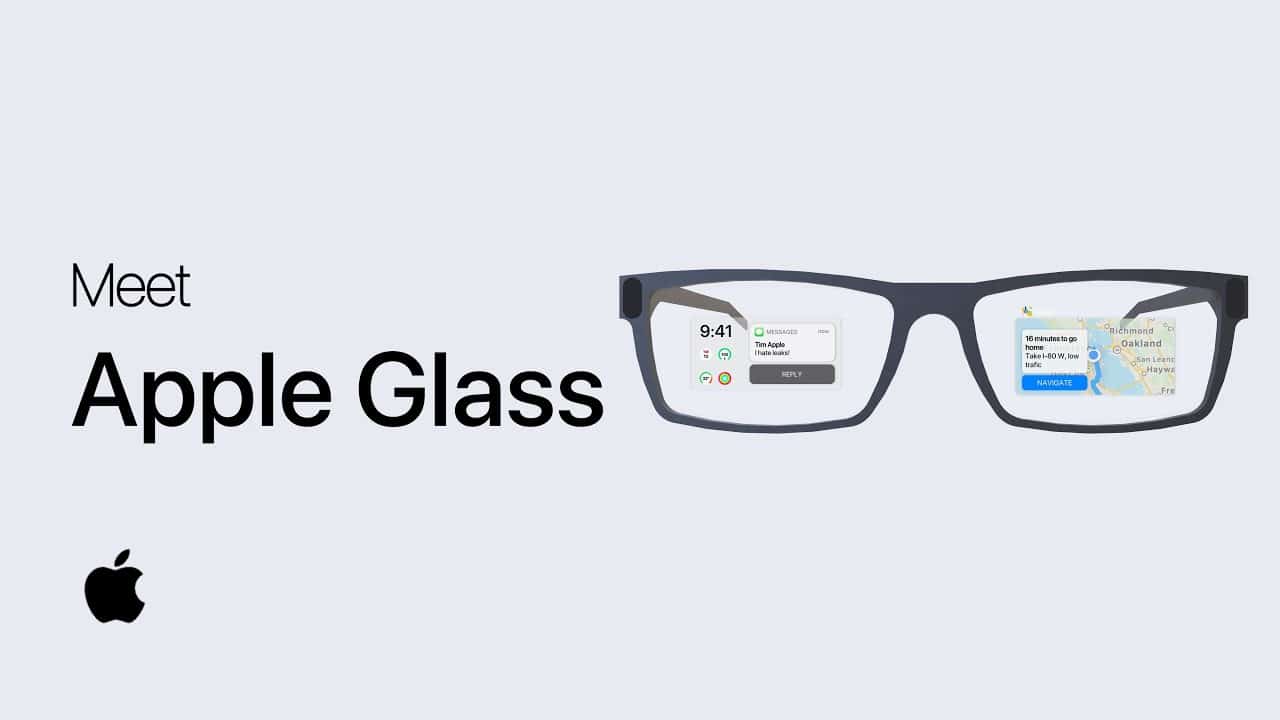Apple is studying how Apple Glass, or other future AR devices from Apple, may skip small screens altogether and use instead micro-projectors to project images directly on the wearer’s retina. Here are the details.
Apple Glass could project AR directly onto the retina

Apple may soon give a completely different meaning at its term “retina display”. Rather than a screen featuring a resolution so good that our eyes cannot distinguish individual pixels, it might there is no screen at all.
“Direct retinal projector”, this is a newly granted patent. According to the patent project the RA directly onto the retina of the eyes it might be the best choice. In particular, it could to prevent any ailments due to AR and VR on headphones.
“Virtual reality (VR) allows users to experiment and / or interact with an immersive artificial environment. This allows the user to feel as if they are physically in that environment, ”the patent says. “For example, virtual reality systems can display stereoscopic scenes to users to create an illusion of depth. A computer can then adjust the content of the scene in real time to provide the illusion that the user is moving within the scene ”.
We are already aware of this information but Apple wants to highlight how typical AR / VR systems work and highlight the resulting problems. Later, however, he wants to solve these problems.
When the user views the images through a virtual reality system, he can therefore have the sensation of moving within the scenes, in first person. However, conventional virtual reality and augmented reality systems can cause problems, eye strain, headaches and / or nausea. Accommodation-convergence mismatch occurs when a VR or AR system actually confuses a user’s brain, ”says Apple. “In this way it generates scene content that does not match the depth predicted by the brain based on the stereo convergence of the user’s two eyes.
Project the AR
According to Apple, projecting the AR and images directly into the wearer’s eyes, it could be much simpler. It would also allow for improved vision. There may be problems with the force of the projection, the brightness but the patent aims to fix these problems and find the best solution so as not to harm users.
Regarding this, Apple is once again carrying out in-depth studies regarding the gaze tracking technology. This new patent is credited to Richard J. Topliss James H. Foster and Alexander Shpunt.















Leave a Reply
View Comments